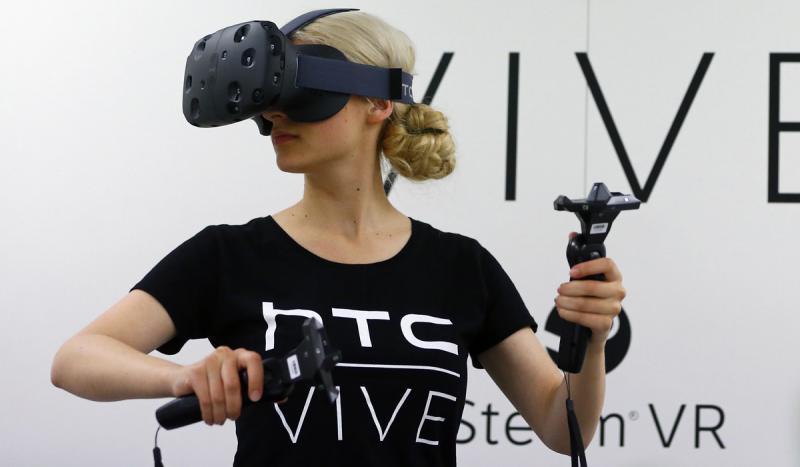Marketing With Virtual Reality
Moonlighting as a contributor to our CMO role's research, I've just published a major new report about how virtual reality will affect marketers, collaborating with Forrester's lead on digital disruption, James McQuivey, PhD.
CMOs and other marketers have four choices when it comes to virtual reality (VR). Most of you should wait and see, because there's no business imperative to invest scarce time and resources in VR this year. But there are three other choices available to digital predators – that is, CMOs at companies that want to shape trends, not follow them:
- Crawl – The Coachella music festival went a step beyond providing an event app: they handed out thousands of cardboard VR headsets to attendees. Since festival-goers can't be everywhere at once, they can catch shows that happened on other stages, extending and rounding out the benefits of attendance. They recognized that consumers don't yet own their own VR devices, so they gave them out as part of the experience to deepen engagement.
- Walk – Six Flags is walking with its head up high into VR, testing ways to reshape its business model for customers. It's hard to get customers to ride a rollercoaster more than twice, but Six Flags has an opportunity to drive up average visits per customer: By synchronizing a VR experience (that is, customers wear a Samsung Gear VR device while riding the rollercoaster), the first time they can ride the back of a dragon, the second a submarine, the third a spaceship… you get the idea. This requires real investment but could pay big dividends soon.
- Run – True digital predators will go all-in on VR, under the belief that their customers have a strong overlap potential with VR adoption. That's true of Audi: The company could argue that VR won't change its product directly. However, the company understands that VR could potentially disrupt the dealer network on which it depends via VR-commerce. That's why Audi is going all the way to fully immersive, high-resolution VR – to protect its dealer partners. The expected Q2 2016 launch of the VR Showroom that the company previewed at CES will play a role in shaping VR shopping experiences for other industries – or die trying.

Our report contains Forrester estimates that 52 million units of VR head-mounted displays will be in consumer and enterprise use in the US by 2020. We break our estimate of demand down into four categories:
- Consumer high-end VR devices. The HTC Vive, Oculus Rift, and Sony Playstation VR (forthcoming) typify devices in this category, which offer the most immersive experiences – at a price: They are tethered to high-end PCs, or in Sony's case, a Playstation 4.
- Enterprise high-end VR devices. The HTC Vive and Oculus Rift will not just be gaming devices. Enterprises are using them to create a wide array of scenarios, both B2E for employees and B2B2C with customers. We lay out many examples in our report.
- Consumer phone-based VR devices. This category of VR devices includes smartphone add-ons like Samsung's already-successful Gear VR. (But it doesn't include cardboard VR devices, which are usually free to users). As we anticipated, players outside of Samsung – including, just last week, Google with Daydream – are getting into this space; we expect others, including Apple, to do so.
- Enterprise phone-based VR devices. In addition to Six Flags, Real estate agents come to mind as a likely audience here. But any enterprise with portable VR needs will turn in this direction.
We lay out the market dynamics and lots of lessons for CMOs in virtual reality. We invite you to please download and read our report!
Receive an alert when I publish a new report!
J. P. Gownder is a vice president and principal analyst serving Infrastructure & Operations Professionals. He covers innovation in the context of disruptive devices — from PCs to mobile devices, augmented and virtual reality (AR/VR), digital signage, and robots. He was named one of the five most important people in the world in the area of wearable computing for 2015. Follow him on Twitter at @jgownder.
